Shoe Size Chart
Enter your foot length in inches or centimeters to find your shoe size across different regions.
Your Shoe Size Recommendations
| Region | US Size | UK Size | EU Size | Asia Size |
|---|
Example Usage:
- Input:
- Foot Length:
25 cm - Unit:
Centimeters
- Foot Length:
- Output:
| Region | US Size | UK Size | EU Size | Asia Size |
|---|---|---|---|---|
| US | 6.8 | 5.8 | 41 | 10.2 |
A shoe size chart is a useful tool to convert between different countries’ sizing systems or to determine the right shoe size based on foot measurements. Below is a simple shoe size chart for both men and women that includes common international sizing systems (US, UK, EU, and CM).
Looking for the perfect fit? Check Out These Best-Selling Shoe.
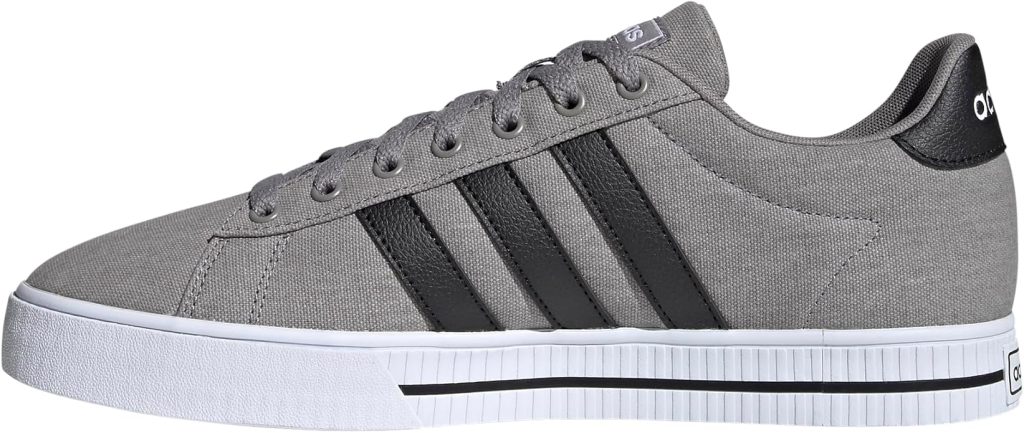
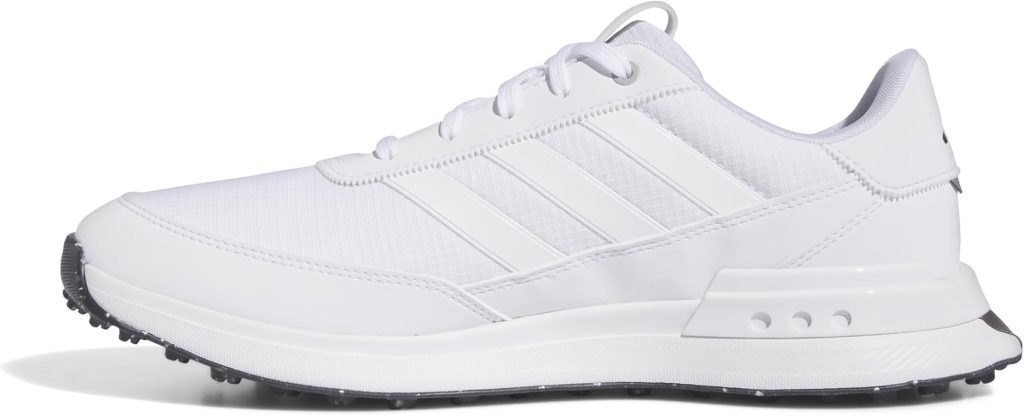
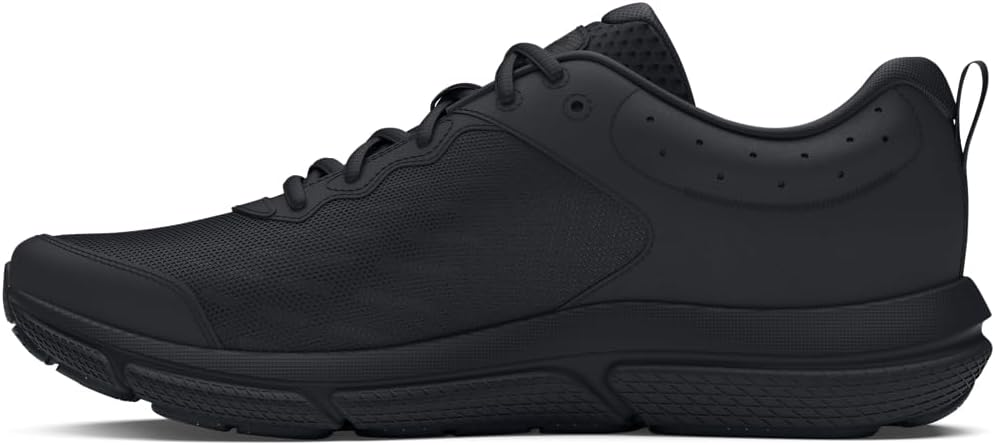
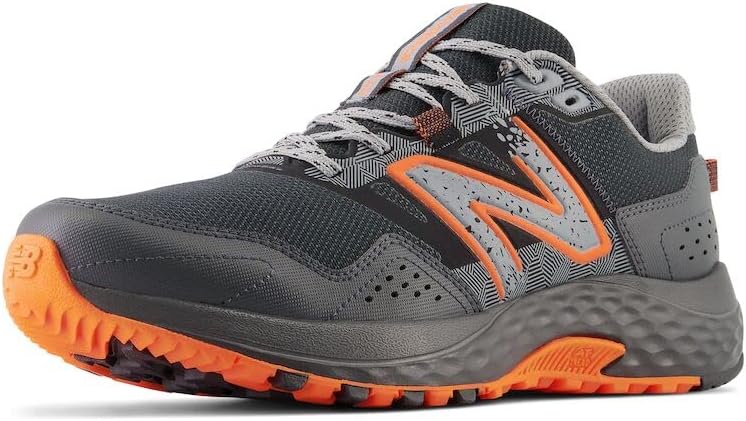
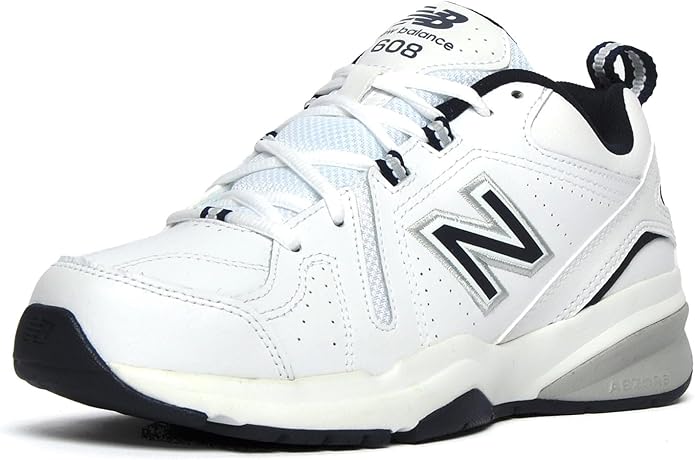

How to Measure Your Foot for the Right Size:
- Measure the length of your foot: Place your foot on a flat surface with your heel against a wall. Use a ruler or measuring tape to measure from the wall to the tip of your longest toe.
- Convert to shoe size: Use the foot length (in cm) and match it to the corresponding shoe size in the chart above.
- Consider width: Some people have wider or narrower feet, so you may also need to know your foot width to choose the best fit.
If you’re purchasing from a different country or region, it’s helpful to use the chart to convert your shoe size into the appropriate system.
When it comes to shoe sizing, there are various size charts to help you determine the correct fit, as shoe sizes vary between countries and brands. Here’s an overview of the key shoe size charts, along with conversion tools and tips.
Men’s Shoe Size Chart
This chart shows the different size systems for men’s shoes.
| US Size | EU Size | UK Size | Foot Length (inches) | Foot Length (cm) |
|---|---|---|---|---|
| 6 | 39 | 5.5 | 9.25 | 23.5 |
| 6.5 | 39.5 | 6 | 9.375 | 23.8 |
| 7 | 40 | 6.5 | 9.5 | 24.1 |
| 7.5 | 40.5 | 7 | 9.625 | 24.4 |
| 8 | 41 | 7.5 | 9.75 | 24.8 |
| 8.5 | 42 | 8 | 9.9375 | 25.2 |
| 9 | 42.5 | 8.5 | 10 | 25.4 |
| 9.5 | 43 | 9 | 10.125 | 25.7 |
| 10 | 44 | 9.5 | 10.25 | 26 |
| 10.5 | 44.5 | 10 | 10.4375 | 26.4 |
| 11 | 45 | 10.5 | 10.5 | 26.7 |
Women’s Shoe Size Chart
Women’s shoe sizes also vary by region, and this chart helps you navigate the differences.
| US Size | EU Size | UK Size | Foot Length (inches) | Foot Length (cm) |
|---|---|---|---|---|
| 5 | 36 | 3 | 8.5 | 21.6 |
| 5.5 | 36.5 | 3.5 | 8.75 | 22.2 |
| 6 | 37 | 4 | 8.875 | 22.5 |
| 6.5 | 37.5 | 4.5 | 9 | 22.9 |
| 7 | 38 | 5 | 9.125 | 23.2 |
| 7.5 | 38.5 | 5.5 | 9.25 | 23.5 |
| 8 | 39 | 6 | 9.375 | 23.8 |
| 8.5 | 39.5 | 6.5 | 9.5 | 24.1 |
| 9 | 40 | 7 | 9.625 | 24.4 |
| 9.5 | 40.5 | 7.5 | 9.75 | 24.8 |
| 10 | 41 | 8 | 9.875 | 25.1 |
Kids’ Shoe Size Chart
This chart covers children’s shoe sizes across different regions.
| US Size | EU Size | UK Size | Foot Length (inches) | Foot Length (cm) |
|---|---|---|---|---|
| 1 | 32 | 0.5 | 7.625 | 19.4 |
| 2 | 33 | 1 | 8 | 20.3 |
| 3 | 34 | 2 | 8.25 | 21 |
| 4 | 35 | 3 | 8.5 | 21.6 |
| 5 | 36 | 4 | 8.75 | 22.2 |
| 6 | 37 | 5 | 9 | 23 |
Shoe Size Conversion Tool
If you are unsure about converting between different size systems (US, UK, EU, or CM), use a conversion tool. These tools allow you to quickly input one shoe size to find its equivalent in other systems. For example, a men’s US size 9.5 is roughly a UK size 9 and EU size 43.
Tips for Getting the Right Shoe Size:
- Measure your feet: The most reliable method is measuring your feet in the evening when they are slightly swollen, which is their largest size of the day.
- Width matters: Some brands offer different width options (e.g., narrow, medium, wide). Always check the width for the best fit.
- Try on shoes: Sizes may vary by brand, so it’s always best to try shoes on before purchasing.
- Consider the sock thickness: Your shoe size might change depending on the thickness of the socks you wear with them.
Let me know if you’d like a more specific tool or chart!
Frequently Asked Questions
1. What is a shoe size chart?
A shoe size chart is a guide used to help people determine the correct shoe size based on foot measurements. It usually includes different size systems (US, UK, EU, etc.) and provides a conversion between them. The chart may also help determine width, heel height, and foot length.
2. How do I measure my shoe size?
To measure your shoe size, you’ll need to:
- Place a piece of paper on the floor against a wall.
- Stand barefoot on the paper with your heel against the wall.
- Mark the longest part of your foot (usually your big toe).
- Measure the distance from the wall to the mark in inches or centimeters.
- Use the measurement to find your size on a shoe size chart.
3. Why do shoe sizes differ by country?
Different countries use different systems to measure shoe sizes. For example, the US uses the “US” system, Europe uses the “EU” system, and the UK uses the “UK” system. The measurements between these systems can vary slightly, which is why shoe size conversion charts are helpful when buying shoes internationally.
4. What if my foot size falls between two sizes?
If your foot measurement falls between two sizes, it’s typically recommended to:
- Go up to the larger size if you like more room or plan to wear thicker socks.
- Go down to the smaller size if you prefer a more snug fit. However, consider the brand’s sizing as well, as shoe styles and fits may vary.
5. What is the difference between narrow, regular, and wide sizes?
Shoe width refers to the fit around the foot’s width. Width options typically include:
- Narrow (N): For feet that are slimmer than average.
- Regular (R or M): Standard width for most feet.
- Wide (W): For feet that are broader than average. Shoe size charts often include different width categories to accommodate various foot shapes.
6. How accurate are shoe size charts?
Shoe size charts are generally accurate, but they may not always be perfect because different brands or shoe styles may fit slightly differently. It’s always good to read reviews or check the brand’s specific sizing guidelines when possible.
7. Can I rely on shoe size charts when shopping online?
Yes, but keep in mind that there may be slight variations between brands or styles. It’s always wise to check for any specific size recommendations or return policies before making a purchase.
8. What should I do if my shoes are too tight or too loose?
If your shoes are too tight:
- Try stretching them using a shoe stretcher or by wearing them with thick socks. If they are too loose:
- Consider adding an insole or a heel grip to improve the fit.
- You could also try a smaller or larger size, depending on the situation.
9. Do shoe sizes change over time?
Yes, feet can change size due to factors like age, weight gain, pregnancy, and other conditions. It’s important to regularly measure your feet to ensure you’re wearing the correct size.
10. Are children’s shoe sizes the same as adult sizes?
No, children’s shoe sizes are different and are typically smaller. Shoe size charts for kids usually range from 0 (newborn) to around 13, and then they transition to adult sizes (starting at size 1).
Conclusion
Shoe size charts is crucial for finding the perfect fit and ensuring comfort. Since sizing systems vary between countries and brands, it’s essential to measure your feet accurately and refer to the appropriate chart. Keep in mind that individual preferences and foot shapes, such as narrow or wide feet, can also influence your shoe size choice. When shopping online, always check size recommendations, consider brand-specific sizing guidelines, and, if needed, take advantage of return policies for an easier shopping experience.
Ultimately, the right pair of shoes should feel comfortable and provide the support you need, so don’t hesitate to take the time to ensure you’re choosing the best size for your feet.
More Tools






